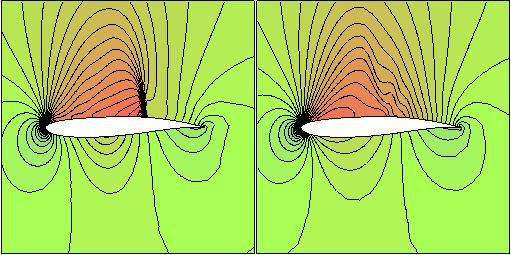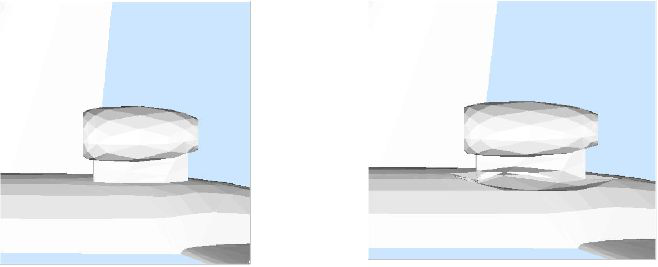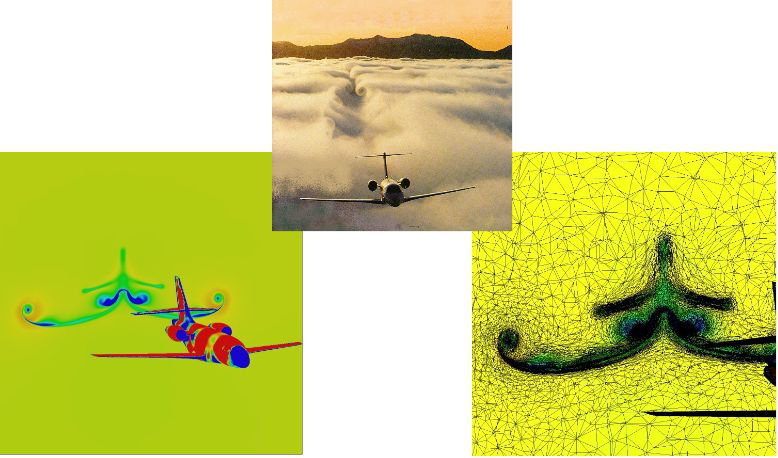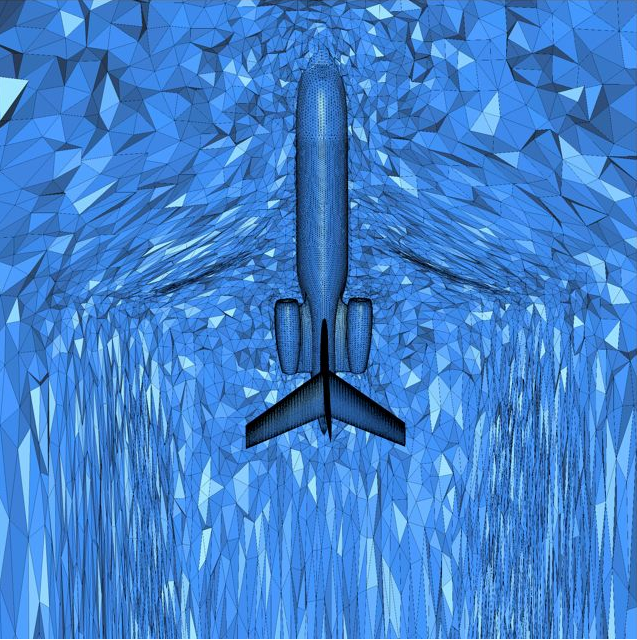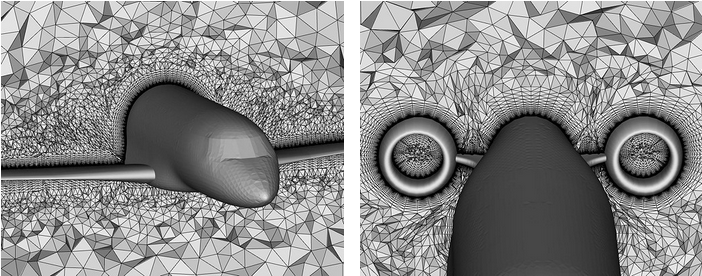Since its creation LEMMA has been addressing the aeronautics industry by providing numerical solutions using its Fluid Structure Interaction capabilities, the intelligent mesh and optimal design algorithms.
Intelligent mesh
- Turbopump application
With the new mesh technology based on edge swapping, no need to remesh during the simulation or to handle complex mesh movements. Fast and accurate, dedicated to all your rotating geometries !
- Sonic bang prediction & reduction : goal oriented steady meshing
While flying at supersonic speed, aerodynamic pressure perturbations produced by the aircraft in the close vicinity will propagate through the atmosphere down to the ground, leading to a sonic-boom. One of the challenges to be overcome to ensure the economical viability of a future supersonic civil transport is certainly the capability to fly supersonically overland. This capability will require that the aircraft generates an “acceptable” sonic boom, meaning a sonic boom which produces, at ground level, no (or sufficiently reduced) annoyance to humans and animals. The accurate modelling and prediction of the ground sonic boom signature is therefore a key-point for the design of a new civil transport supersonic aircraft and its future certification.
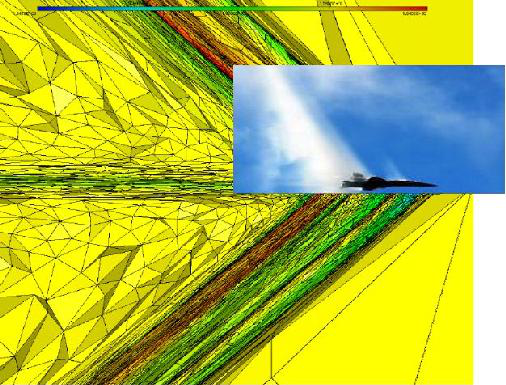
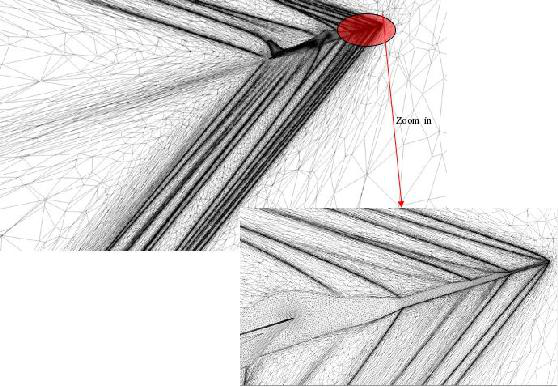
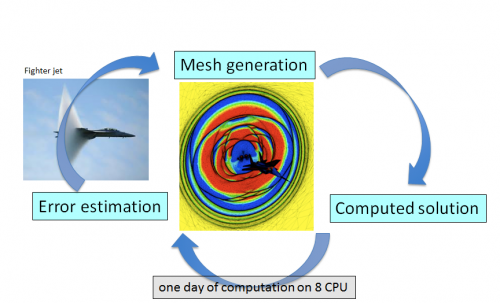
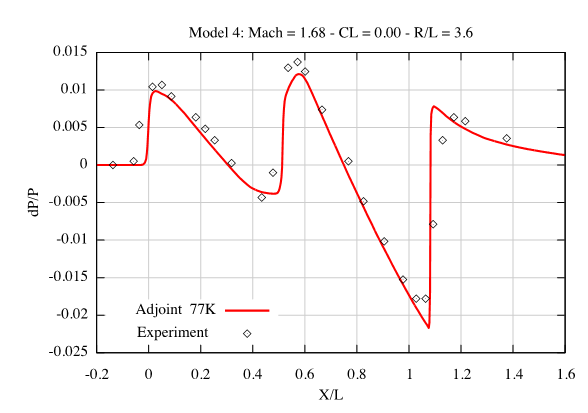
- High-Fidelity prediction of wing-tip vortices by adjoint mesh adaptation
In this example, we study the accurate prediction of wing tip vortices at large distance in the wake for transsonic flow conditions. The jet is flying at transonic cruise speed with Mach number 0.8 and an angle of attack of 3 degrees. The computational domain is a cylinder of radius 250 m and of length 700 m. The adjoint-based adaptation is based on the vorticity functional.
Fluid structure interaction & aeroelasticity
The aims of the first study presented here were
- to predict the deformed shaped of AGARD wing, under supersonic flow,
- to provide an optimal shape to reduce sonic boom, coupled with aeroelasticity simulations.
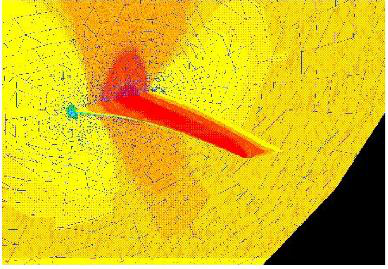
The second study presented below consists in predicting reverse thrust effects on induced forced vibrations caused by unsteady flow and large eddies detachments.
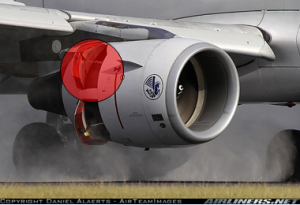
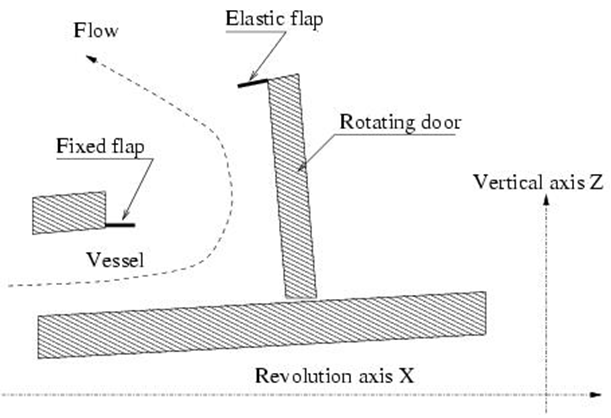
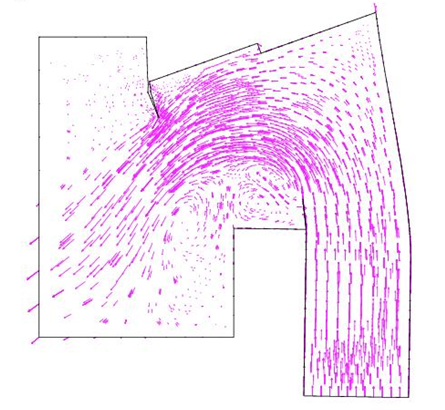
Shape optimisation
LEMMA can also provide powerfull shape optimization tools, based on adjoint optimization technic. Other numerical methods based on genetic and response surface algorithms, coupled to FFD (Free Form Deformation) shape deformation have also been developed.
